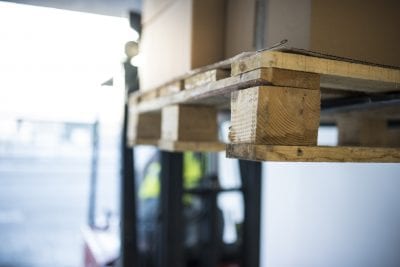What is the meaning and value of reverse logistics within the supply chain? Many people think of reverse logistics as handling customer returns and defective goods; that it is limited to customer service and recycling. However, only 25% of all goods in reverse logistics consist of defective items. It includes managing recalled products, overstocks, fixtures, recyclables, capital assets, end-of-life goods, and assets to be disposed.
Reverse logistics could be described as moving items from their final destination for proper disposal, capturing value purpose, streamlining processes and reducing expenses. At the broadest level, reverse logistics incorporates return management, aftermarket service, repair and recycling activities, refurbishing goods, liquidation, repacking and repurposing.
The 5 main differences between reverse logistics and forward logistics are:
- Forecasting is more difficult.
- Product quality is not uniform.
- Product packaging is often damaged.
- There is a more complex product lifecycle.
- Visibility is less transparent.
This requires close attention at the senior management level. It also requires an efficient, sustainable approach to resolve each individual item issue.
Reverse logistics is seen as an expensive challenge, and many companies avoid managing it. Businesses have started paying attention to return management because it affects environmental risk and waste costs. Handling reverse logistics properly leads to maximum value from each good returned and returns have a significant impact on the bottom line. An average retailer’s reverse logistics costs for consumer goods are equal to 8.1% of total sales. In some industries, such as book publishing, catalog retailing and greeting cards, over 20% of all products sold are eventually returned to the vendor.
The main goal of manufacturing and transport of new products is to get the product to the consumer. In reverse logistics, quality, traveled distance and other factors determine the backward path of the product and its final disposition. The time a product has spent moving forward and backward plays a major role; the longer a product stays in the system, the less valuable it becomes. And, of course, already damaged goods and packages will get worse being transported again. Another time-sensitive category of products are goods with technology components; they lose market value with each passing week. Thus, companies should minimize the time items spend within the system to ensure value.
The ultimate goal of reverse logistics is to provide value to the customer and increase profitability.
A well-planned, customized reverse logistics policy can reduce storage and distribution costs, improve a company’s reputation, satisfy customer needs, and create a more sustainable supply chain. In addition, reverse logistics can be used as a competitive differentiator.
Continue Reading: The Cost of Shipping – What Customers Want


